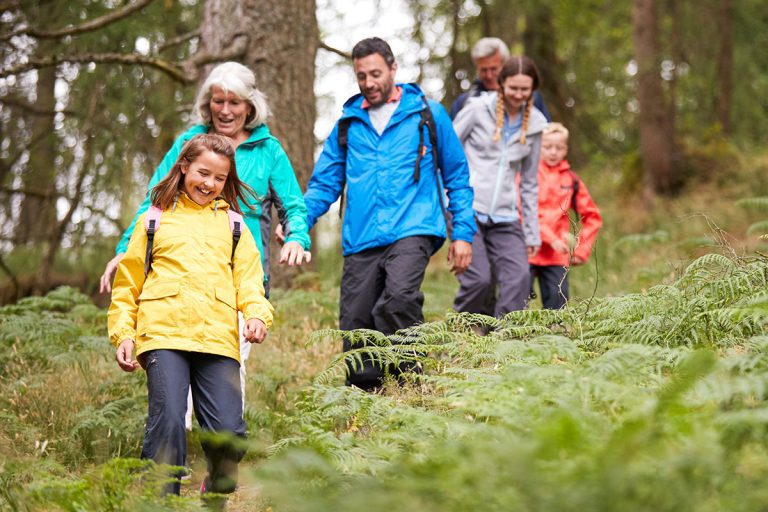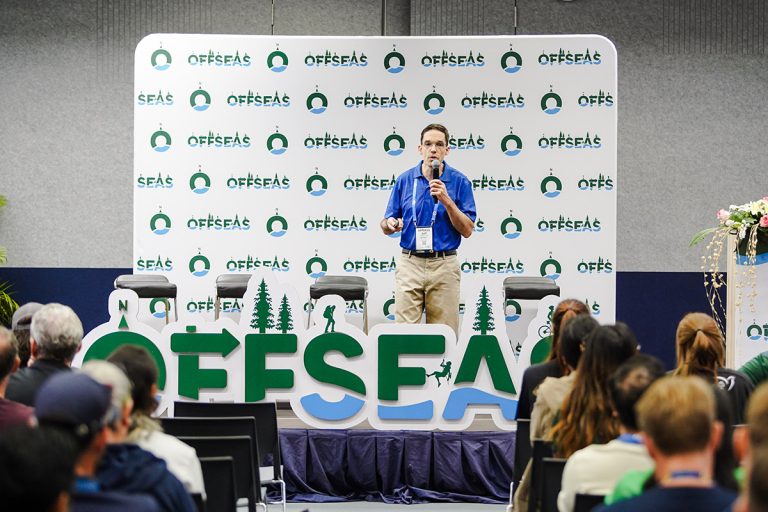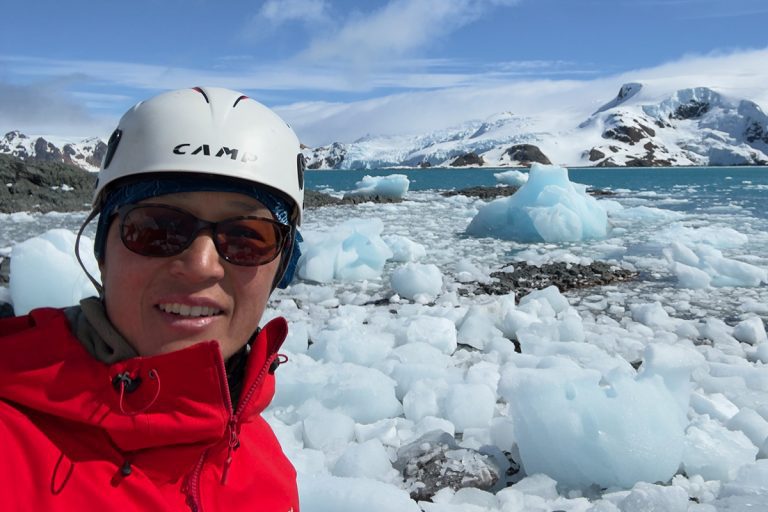Guidance for Leaders
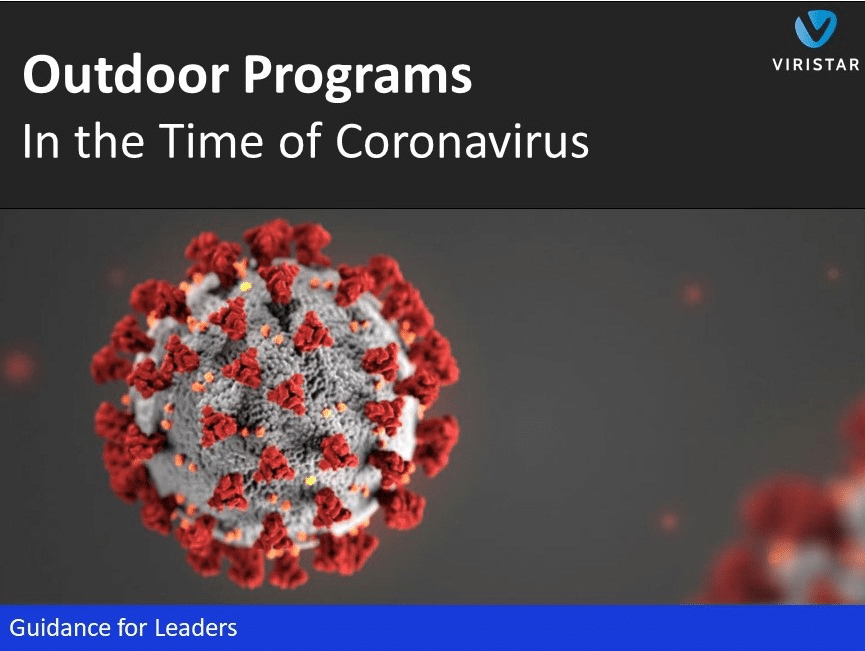
With dizzying speed, our world has changed. Just a handful of months ago, groups were together, outdoors. Now, organized outdoor programs face a radically different and uncertain future. How best to respond? What should we do?
The way forward is uncertain. But three principles can help outdoor programs navigate the COVID-19 pandemic with the least disruption possible. They are:
- Expect this to be long and challenging
- Follow the science
- Be prepared to adapt and innovate
Let’s cover each idea in a little more detail.
Expect this to be long and challenging. In January, most outdoor professionals were looking forward to an interrupted season of outdoor experiences. And it’s tempting to think of the pandemic of a bad dream—soon, we’ll wake up, and it’ll be gone, just a fading memory. But this is unlikely to be the case.
Experts predict that society and business will not fully return to the way they were until a vaccine is developed and widely distributed. This is expected to take a minimum of 18 months, maybe years. (The previous fastest vaccine development record is four years.) So outdoor programs are wise to plan for a good two years of altered programming.
How altered? This depends on factors like the availability of widespread testing, contact tracing, and isolation. The more these are in place, the closer we can get back to business as we’re used to. But social distancing (or perhaps better called “physical distancing”) may still be in place for years. Vehicle transportation, group circle-ups, close-contact team-building activities—expect these to not return to the way they were any time soon. Making these major changes can be challenging.
Follow the science. Feeling confused? Not sure about the best path forward? You’re not alone. But the good news is, a huge team of the world’s best epidemiologists, scientists, public health experts and others are working on identifying and disseminating best practices for life with COVID-19. And we know a lot about how to respond to pandemics. For the best general practical advice about how to stay healthy and safe, scientific and public health experts are here to show you the way.
To whom should we pay attention? Trusted international, national, and regional health agencies. This includes the World Health Organization, the US Centers for Disease Control (and disease control centers in other countries with well-developed public health infrastructure), and state/province, county and city health departments. Use common sense to avoid politicized or otherwise distorted content; focus on messages directly from health agencies or reputable media outlets.
The US Centers for Disease Control and Prevention recently developed guidance for re-opening youth programs and camps during the COVID-19 pandemic. It features a well-developed decision tree that walks you through the steps you should take:
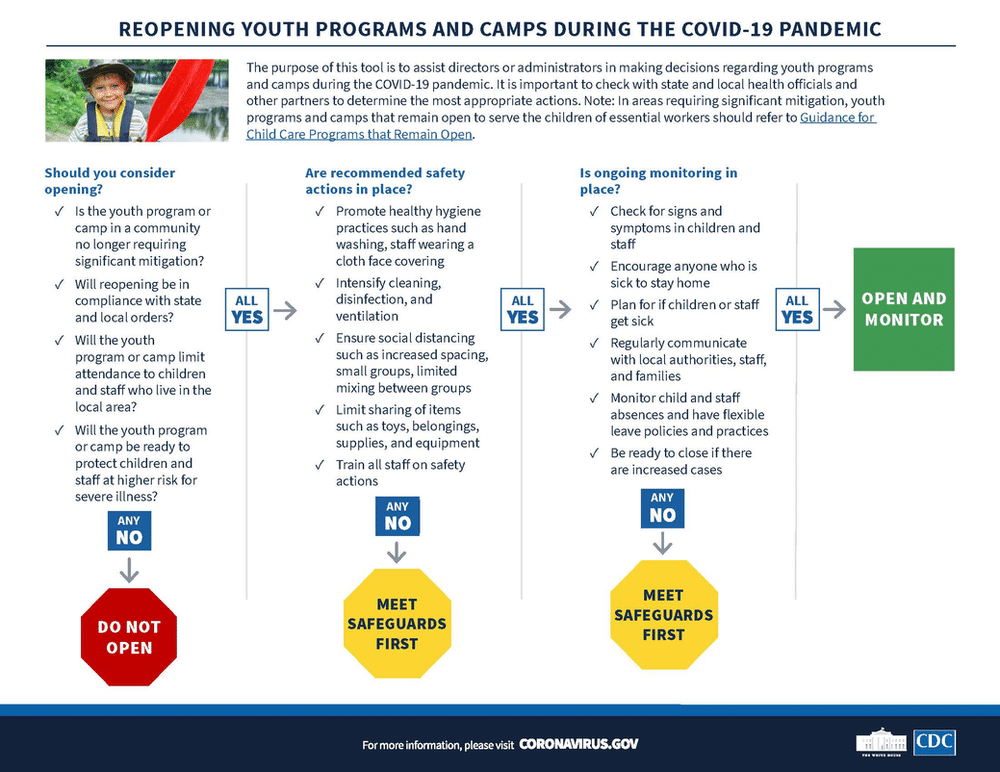
You can map the CDC’s “recommended safety actions” and “ongoing monitoring” to your particular situation. This could mean hiring extra staff to do additional cleaning and disinfecting, providing abundant PPE, revising staff trainings, rearranging living spaces for social distancing, adding symptom-checking to the daily routine, and the like.
Be prepared to adapt and innovate. Be ready to upturn your business model. Can you serve local participants, instead of flying in people from afar? What parts of your program can be done online? What does a program look like when everyone is two meters away from each other? Steel yourself to make changes to your operations that would have been unimaginable just months ago.
Thankfully, the benefits of outdoor programming—resilience, self-knowledge, refreshment, physical and mental well-being, new relationships—don’t fully depend on being outdoors. Everything you gain from a month-long mountaineering expedition, you can gain through a multi-element program that takes place on a ropes course, in a sports field, and online. It may sound crazy. And making such a radical transition is hard to do. But one thing we know about the talented and capable leaders of outdoor programs: there is more in you than you know, and you can accomplish more than you think you can.
We begin this journey of outdoor programming re-imagined, together.
